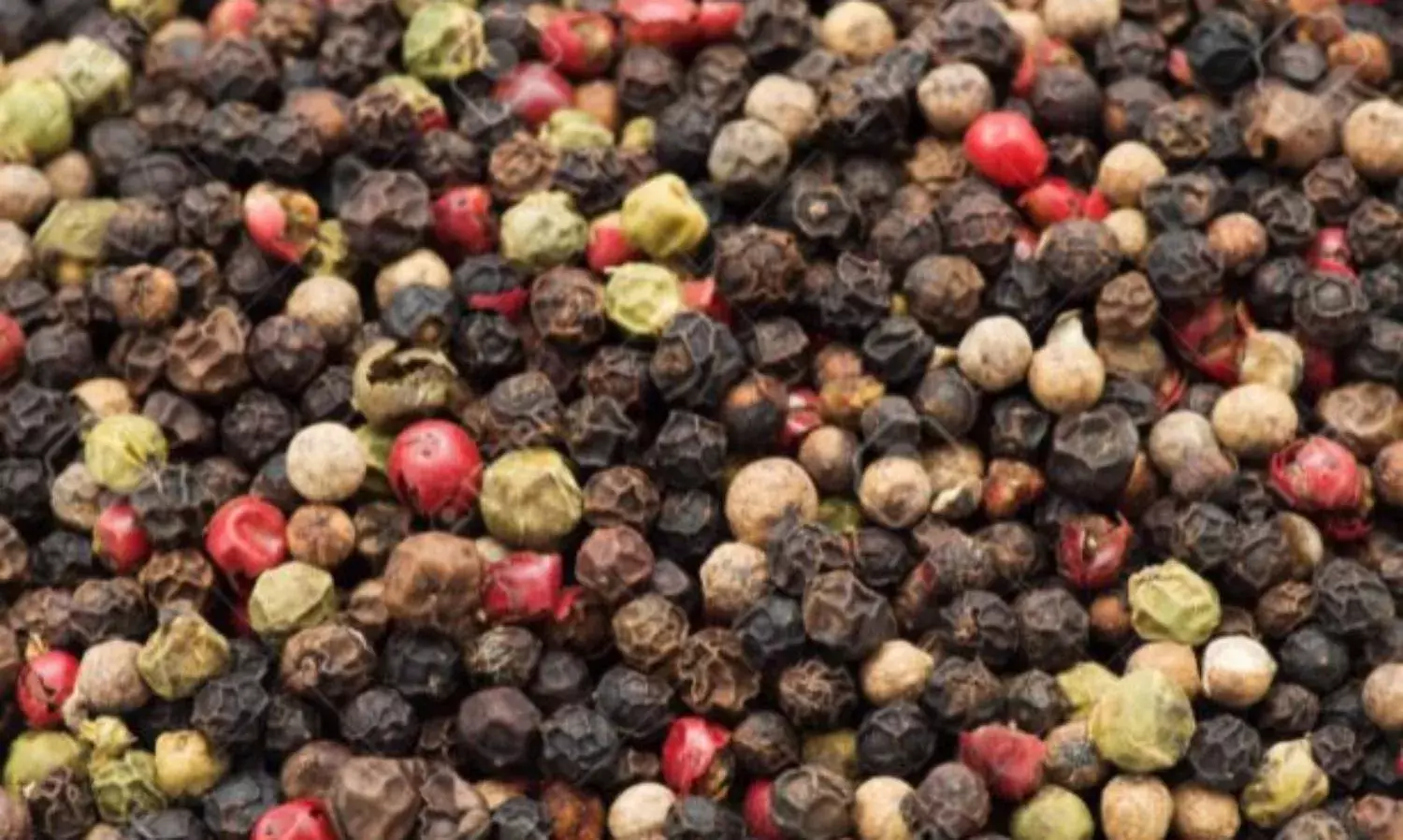Journey to the Origin of Black Pepper
‘Christians and Spices’

Pepper, also known as black gold, was once an undeniable proof of one’s wealth and power. Although used by us mostly as a seasoning, black pepper had a great many uses in the civilisations of antiquity. The ancient Greeks used it as a medicinal agent, most famously as an antidote to the poison hemlock, while in England you could pay rent or taxes with peppercorns.
Little did people know then that Europeans’ hunger for pepper would violently change the whole world.
Our tale of pepper begins with Arab merchants trading it from India via the incense route, an ancient network of sea trading routes that linked the Mediterranean world with southeast Asia. But it was not the Arabs who sold pepper across Europe but the Romans, who controlled the largest number of seaports, positioned as they were by the Mediterranean Sea.
Romans would buy black pepper from Arab merchants at Constantinople, the gateway to Asia, and sell it at exorbitant rates to the rest of the European world. If any country wanted pepper, they had to buy it at their price. And such was its value that the workers who handled pepper were forbidden from wearing trousers with cuffs or pockets to prevent its theft.
By the 15th century, many European states were fed up with the Mediterranean monopoly on pepper, and decided to find the route to India independently to set up their own trade. And that is how the spice race began.
The sea route to India went south, all the way around Africa, and was the most complicated route imaginable. France, one of the first countries to try and navigate the route, had no luck as no European had ever sailed so far south.
After observing many countries’ failed attempts, the Portuguese sailor Christopher Columbus gained funding from the monarchs of Spain after convincing them he would find India by doing something completely different from everyone else.
Instead of going south Columbus planned to sail west, and keep going until he reached round the planet. He failed to find India, but made shore in what is now the West Indies, and on his return after many massacres, he brought along chilli pepper from the land he had explored, America.
Portugal, which was the country most eager to find India, commissioned a ship-building program under which a fleet of ships were to be produced specifically to navigate to India. They hired the best cartographers to create maps of new geographical landscapes on the way to India.
After nearly 50 years of unsuccessful attempts, the Portuguese monarch chose his finest navigator, Vasco da Gama to sail to India. In July 1497, the 37 year old sailor left on the most important journey of his life through uncharted, perilous waters. He was given a crew of criminals and convicts to assist him as the chances of his return were minimal.
After sailing for almost ten months, da Gama finally landed on the coast of Malabar in May 1498. He wasn’t the first to step on Indian soil, though, as he sent a criminal ahead of him just to make sure it was safe to land there.
Though he had finally reached the land of origin of the most sought after spices in the world, several challenges lay before him.
In the south of Malabar, he was summoned to the court of Manavikrama, the Zamorin of Calicut. Vasco da Gama, when he put forth a proposal to conduct a spice business with them on behalf of the king of Portugal, was asked to offer gifts to the ruler, as per local customs. Unprepared for this scenario, he offered apparels like fabrics and hats, and sweeteners like sugar and honey to the king, leaving the courtiers in laughter as nothing less than pure gold was acceptable at court.
With the Zamorin uninterested in doing business with a country that couldn’t even afford a standard gift, da Gama initially failed to establish an official spice trade between Portugal and India. Hopelessly, he was left to trade in the bazaar like ordinary merchants under the watchful eyes of the Arabs.
When asked what had brought him here da Gama answered, “Christians and Spices.” Finally, three months later when he left India, it was da Gama who was laughing as the pepper he was bringing along with him to Portugal was worth 60 times the cost of his year long voyage.
Eight years after da Gama first landed in Calicut, the Portuguese built a fort there and installed their first viceroy in India to establish a firm foothold in the spice trade. In the 17th century this lucrative trade would come under control of the Dutch and later the British.
Unfortunately, even the successful quest for pepper did not make this precious spice any more affordable as a huge portion of its price came from the number of middlemen, in addition to the lost ships.
Pepper remained one of the most luxurious items throughout the medieval period that only the rich could afford. The memory was preserved in a French saying used to describe something very expensive: ‘aussi cher que le poivre’, which meant ‘as dear as pepper.’



